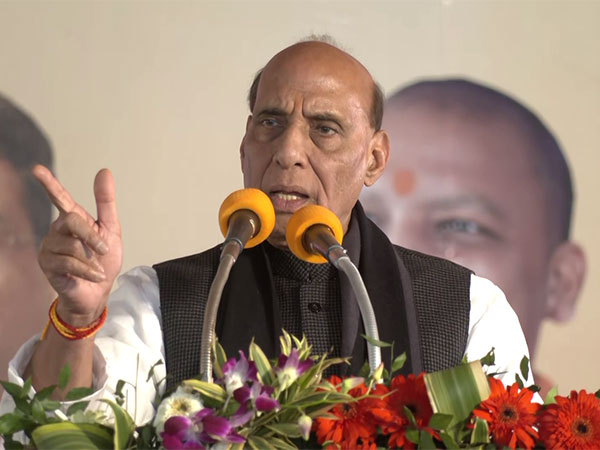After decades of dependence on imports and billions of dollars spent every year, India has now made significant strides towards bolstering its domestic defence manufacturing capabilities. This endeavour, championed by the Modi Government, underscores a crucial shift in policy-one that emphasises the imperative of reducing reliance on imported military hardware
 KRC TIMES Desk
KRC TIMES Desk

After decades of dependence on imports and billions of dollars spent every year, India has now made significant strides towards bolstering its domestic defence manufacturing capabilities. This endeavour, championed by the Modi Government, underscores a crucial shift in policy-one that emphasises the imperative of reducing reliance on imported military hardware. Defence Minister Rajnath Singh’s recent address at the ‘DefConnect 2024’ conference aptly highlights the gravity of this issue and the pivotal role indigenous production plays in safeguarding India’s strategic autonomy. India’s historical dependence on defence imports has been a matter of concern for decades. While imports have provided immediate solutions to pressing security needs, they have also left the country vulnerable to external pressures and constraints. As the Defence Minister rightly points out, such dependence poses a significant threat to India’s strategic autonomy, limiting its ability to act independently in times of crisis and constraining its foreign policy options.

The consequences of this dependence have not gone unnoticed. India has faced challenges in the past due to its reliance on imported military hardware, encountering logistical hurdles and supply chain disruptions during critical moments. These experiences serve as stark reminders of the risks associated with overreliance on external sources for defence equipment. The Modi Government’s commitment to boosting domestic defence manufacturing is a welcome development. By prioritising indigenous production, India aims to enhance its self-reliance in key strategic sectors, thereby reducing vulnerabilities and strengthening its national security apparatus. The significant increase in the annual volume of domestic defence production, surpassing the record figure of Rs 1 lakh crore, underscores the Government’s tangible progress in this regard.
However, achieving self-sufficiency in defence manufacturing is not without its challenges. It requires substantial investment in research and development, infrastructure, and skilled manpower. It demands the creation of an enabling ecosystem that fosters innovation, incentivizes private sector participation, and promotes collaboration between industry and academia. Moreover, it necessitates a comprehensive approach that addresses regulatory hurdles, streamlines procurement processes, and fosters a culture of accountability and transparency.
India’s defence industrial base has shown promising signs of growth, with indigenous companies emerging as key players in the sector. Initiatives such as the ‘Make in India’ programme and the Defence Procurement Procedure (DPP) have sought to promote domestic manufacturing and encourage indigenous innovation. The recent announcement of the Defence Production and Export Promotion Policy (DPEPP) further underscores the Government’s commitment to fostering a conducive environment for defence production and exports.
However, sustaining this momentum requires sustained efforts and continued commitment from all stakeholders. It requires continued investment in technology development and capability enhancement, as well as measures to address bottlenecks and impediments to growth. It also necessitates a shift in mindset-a recognition that self-reliance in defence manufacturing is not just a matter of economic necessity but a strategic imperative. India’s quest for strategic autonomy hinges on its ability to strengthen its indigenous defence manufacturing capabilities. By reducing its reliance on imports and promoting domestic production, India can enhance its resilience, reduce vulnerabilities, and assert its independence on the global stage. As the Defence Minister aptly notes, the path to strategic autonomy begins with self-reliance-a commitment to harnessing the nation’s inherent strengths and capabilities to safeguard its security and advance its interests.
In reality, India’s efforts to boost domestic defence manufacturing are a testament to its determination to assert its strategic autonomy and safeguard its national security. While the journey may require additional time, the eventual outcomes are poised to surpass expectations.




